
Computer graphics, 3D design, predictive design, simulations, animations, and CG art, in general, have been around for quite some time, impacting fields from architecture to design, interiors, gaming, and 3D printing. However, for some reason, the fashion industry has remained immune to this digital revolution. As an Italian 3D artist and designer, I had the chance to speak with manufacturers in my home country and noticed how the fashion world is deeply rooted in traditional ways of doing things. The industry is generally not open to experimenting with new technologies and approaches, which makes sense given that it is built upon tradition and savoir-faire.
When the Covid-19 pandemic hit, the entire world came to a standstill, and even though things slowly returned to a new normal, the supply chain of materials was still affected. That's when CGI stepped in as the answer. With the ability to simulate garment design and textile patterns, using avatars for measurements and fittings, and applying predictive design techniques that have been successful in the architecture and design industries, the door has opened to a new era of digital creation in the fashion world.
Join the digital fashion revolution and embrace sustainability with GarageFarm.Net! Our powerful render farm is the perfect solution for fashion designers and companies looking to take their designs to the next level. With our online renderfarm, you can experience the freedom of creativity while making deadlines much more manageable. Embrace the future of fashion and make your designs come to life with our render farm, sign up today!

Once the door to digital fashion fabrication was opened, the possibilities became endless, and new projects emerged at an incredible pace. Just like in design, architecture, and gaming, some projects can become very demanding in terms of performance and quality of the results, particularly when it comes to animations or full fashion shows featuring avatar models wearing digital replicas of actual garments or completely new designs.
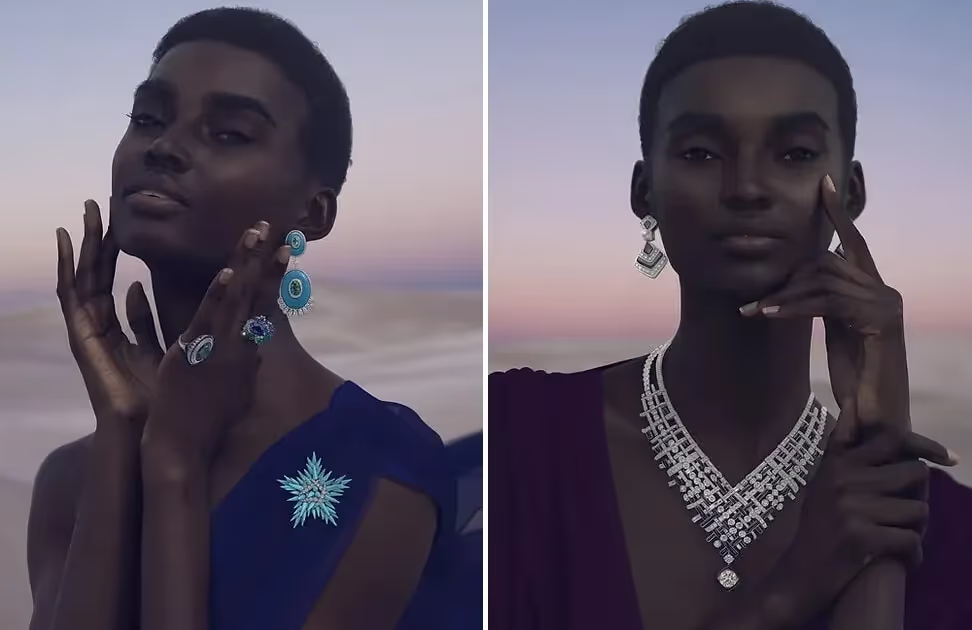
Rendering an entire fashion show on a single machine can be a challenging task, particularly when considering the demanding requirements of simulations on the GPU, the level of detail required for each element, and the realism of skin and hair on the models. A quick glance at the images gives a good sense of the amount of work that goes into creating a single still image. Multiplying this for the number of frames needed for a full show or sequence can result in several days or even more of rendering time, putting a heavy strain on even the most powerful computer.
In these cases, a reliable render farm service offers a perfect solution. Having access to an entire network of high-performance computers, each equipped with the most efficient GPUs, working simultaneously on specific sequences can reduce the rendering time to a tenth of its duration on a single machine.
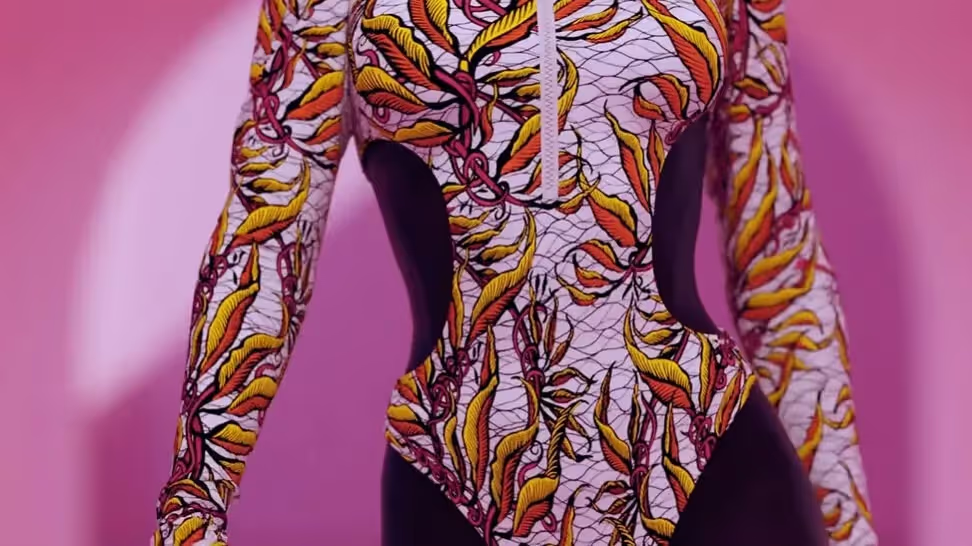
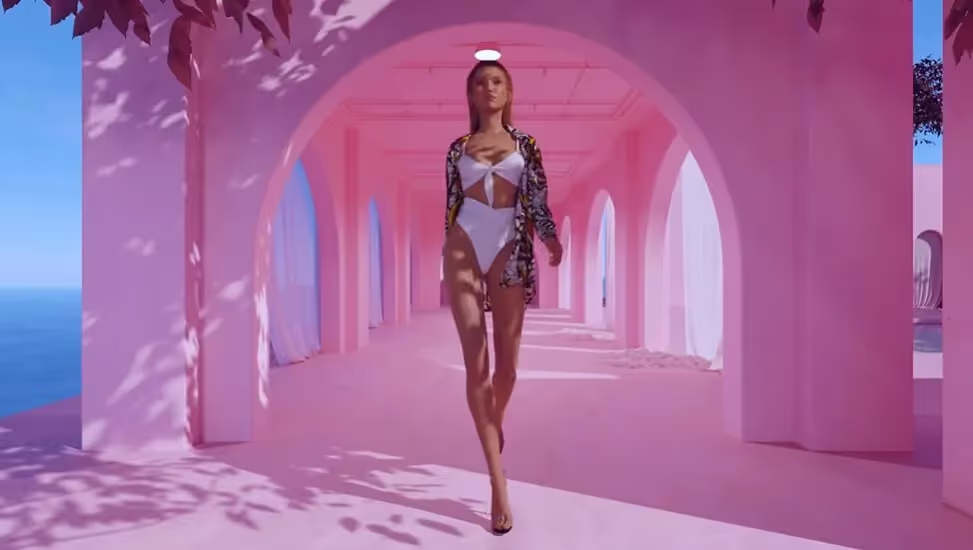
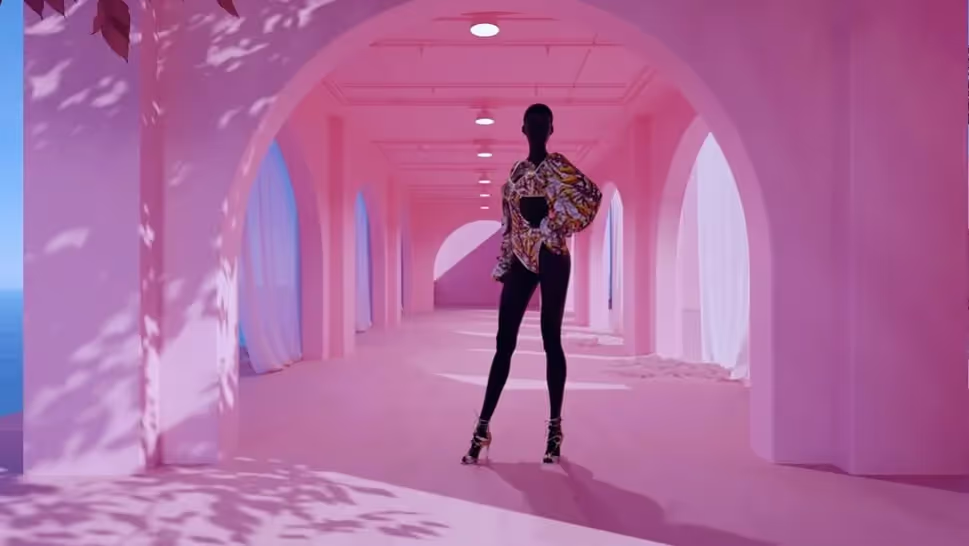
Once the digital fashion revolution began, the possibilities and potential of technology started to expand and encompass more aspects of the manufacturing process. Tools like Clo3D and Marvelous Designer, which were previously primarily used in the gaming industry, started to gain popularity not only for creating or recreating garments and accessories but also for making product development more efficient and sustainable by applying the predictive design principles of industrial design to fashion.
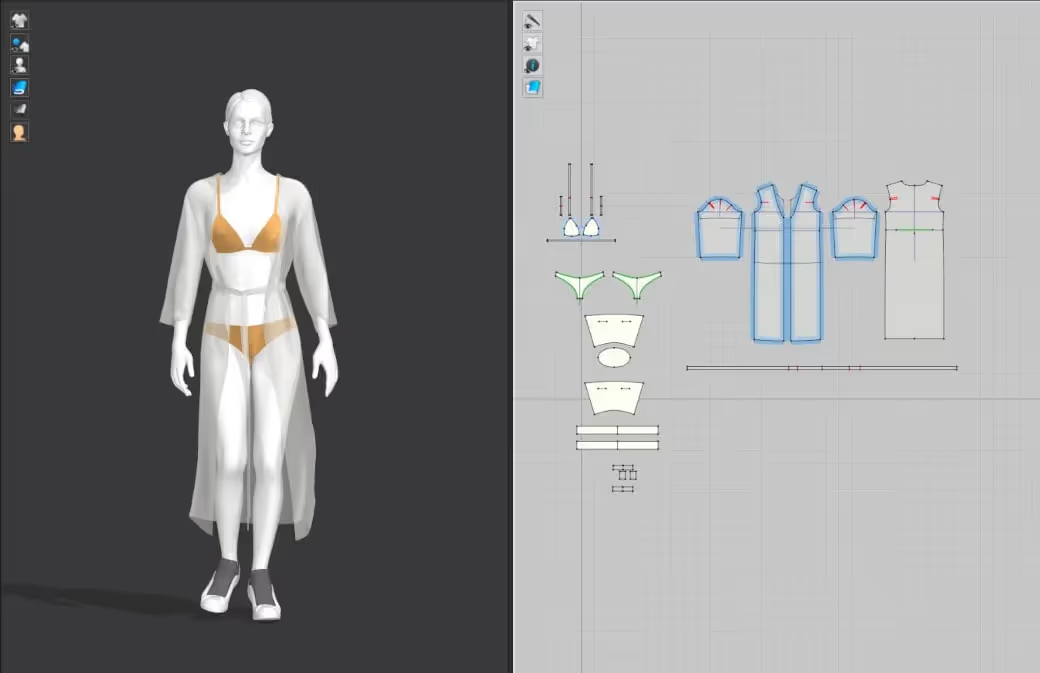
The examples depicted above showcase the enormous potential of working in a digital environment. One side of the UI is dedicated to pattern creation, while the other side is dedicated to fitting and first previews. The physics of materials, along with gravity, are applied, and once the simulation starts, the software calculates all the relevant information, providing a realistic preview of the garment under development. Stress analysis can also be conducted to determine where the fabric, seams, or other details will be most affected.
All this information, along with realistic avatars that can mimic the necessary measurements and proportions, enables us to define and adjust the design more efficiently than the traditional prototype-making process. Of course, the patterns and details from the simulation are not the final versions and minor adjustments will still need to be made before going into production. However, optimizing as much as possible and simulating real-world conditions without wasting time and materials on multiple prototype iterations is a highly efficient and sustainable way of approaching fashion design.
In terms of sustainability and efficiency, once the digital design is completed and perfected, it can be utilized for various other purposes. One of my favorites is the ability to produce realistic renderings that can assist brands in conducting market research and communicating with consumers to gain a more accurate understanding of what people want, thus further improving sustainability. In this scenario, render farms can be incredibly useful, especially when dealing with a large number of items to render or complex materials that demand specialized rendering capabilities, tight deadlines, or a combination of all.

We are moving towards a more conscious era where sustainability is not a choice but a necessity. Customers will inevitably prefer it over other options, and for brands and companies to respond to specific questions with more optimized procedures and processes will be crucial. This not only allows for greater freedom of creativity and experimentation, resulting in more unique creations but also opens up new horizons and promotes inclusivity.